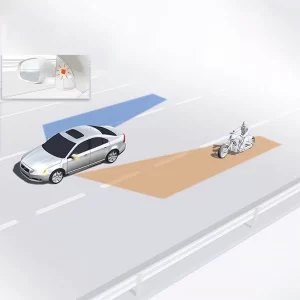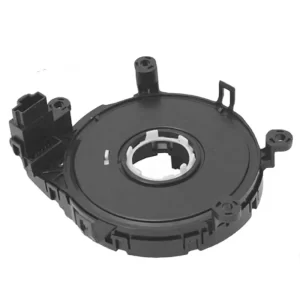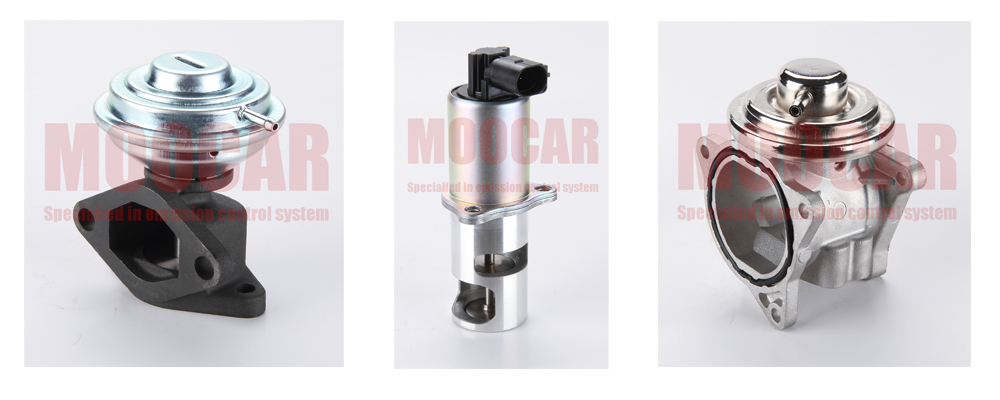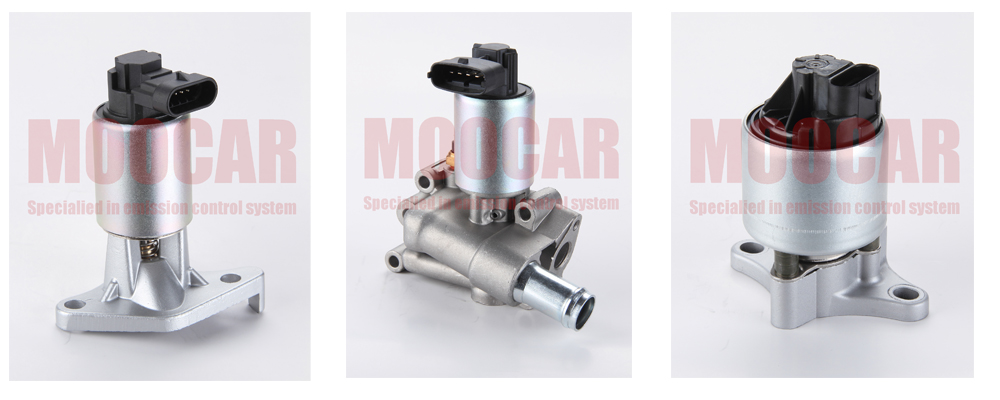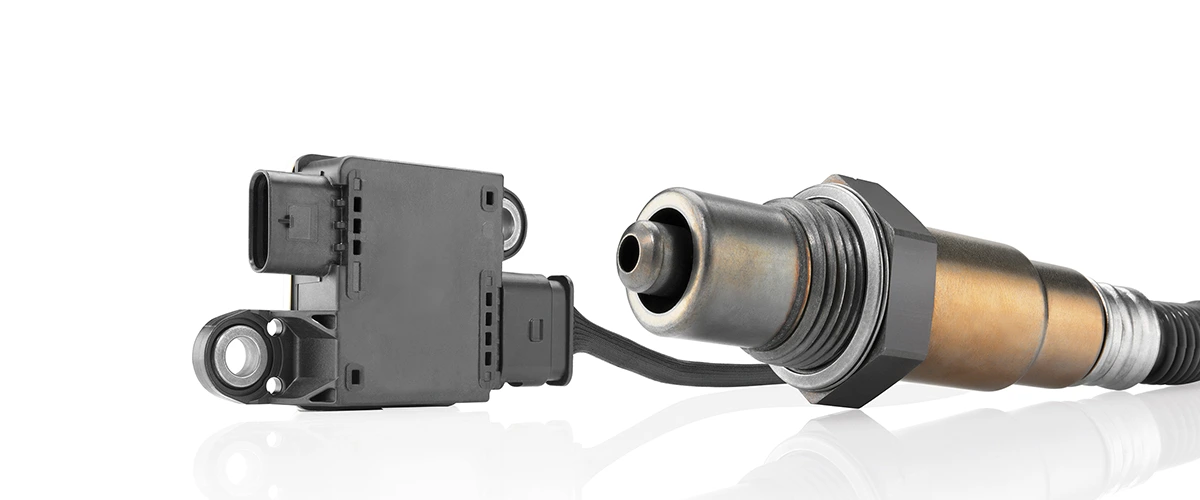¿Cuál es la diferencia entre la válvula EGR de un vehículo diésel y uno de gasolina?
Recirculación de gases de escape (EGR) Es un método fiable y de eficacia comprobada para el control de emisiones: gracias a los gases de escape, se reduce el contenido de oxígeno en la mezcla aire-combustible y, en consecuencia, la temperatura de combustión en los cilindros. Para garantizar un flujo de aire preciso, un rendimiento preciso y una mayor vida útil, Moocar ofrece la válvula EGR 100%, probada y de primera calidad.
100% probado
Calidad Premium
Dado que los óxidos de nitrógeno (NOx) nocivos se producen principalmente a altas temperaturas y presiones, es posible reducir las concentraciones de NOx emitidas al medio ambiente hasta en un 501 TP³T. En los motores diésel, la formación de partículas de hollín se reduce en aproximadamente un 101 TP³T. La recirculación de gases de escape solo se activa en puntos de funcionamiento definidos. En los motores de gasolina, esto suele ocurrir por encima del ralentí y hasta la carga parcial superior, mientras que en los motores diésel, hasta aproximadamente 3000 rpm y carga media.
Para conocer mejor su válvula EGR:
- ¿Cómo funciona una válvula EGR?
- ¿Por qué fallan las válvulas EGR?
- ¿Cuántos tipos de válvula EGR hay?
- ¿Cuáles son los códigos de falla de válvula EGR más comunes?
- ¿Qué tener en cuenta ante una válvula EGR defectuosa?
- ¿Cómo solucionar problemas de una válvula EGR?
- ¿Cómo reemplazar una válvula EGR defectuosa?

